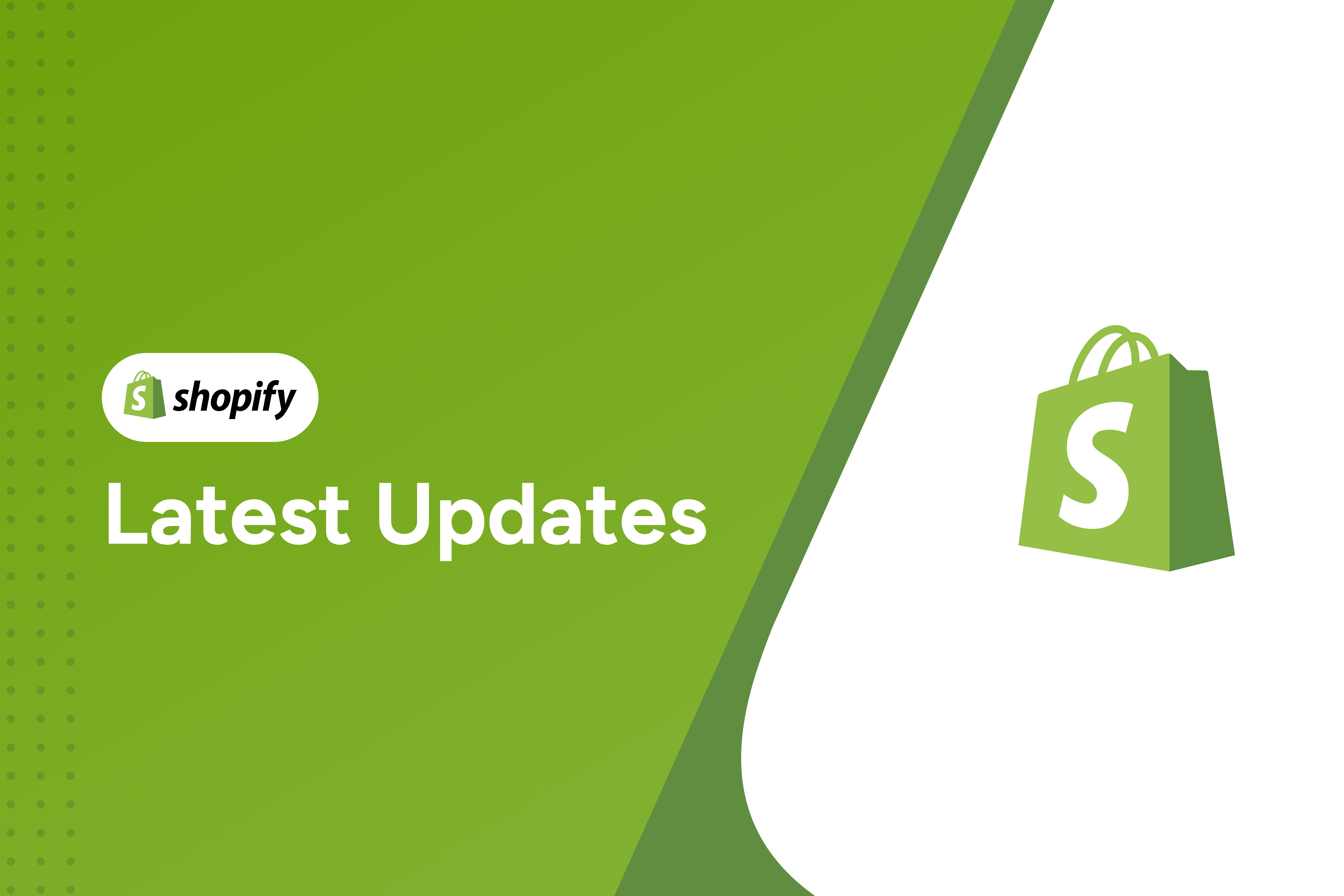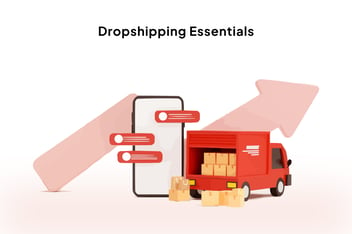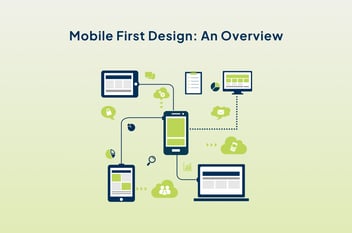In a significant move, Shopify has officially rolled out its highly anticipated One-Page Checkout feature, now available for all Shopify store owners. This innovative checkout experience condenses the traditional four-step process into a single, streamlined page, aiming to enhance user experience and boost performance.
The new one-page layout, which was extensively tested by Shopify, incorporates several user experience and performance improvements. It boasts faster-loading shipping methods, a more efficient billing address input process, and the pre-filling of numerous fields. As a result, customers are completing the checkout process an average of 4 seconds faster compared to the multi-page alternative.
Activating the One-Page Checkout: A Step-by-Step Guide
For all Shopify store owners, activating the One-Page Checkout is now within reach. Here's how to enable this feature:
- Go to your Shopify store admin panel.
2. Navigate to Settings, and select Checkout.
3. At the top of the section, you'll find an informative banner regarding the upcoming automatic migration. Click the "Update checkout now" button to initiate the change. Alternatively, you can preview the new one-page checkout by clicking the provided link.
4. Test the one-page checkout on your store thoroughly to ensure a seamless transition. However, it's important to note that once the upgrade is performed, reverting to the multi-page checkout is not possible, except for Shopify Plus plan users.
Maintaining the Multi-Page Checkout
Unfortunately, for non-Shopify Plus plan users, the option to retain the multi-page checkout will be discontinued with the automatic migration scheduled for October 2, 2023.
Shopify Plus Merchants and Layout Selection
Shopify Plus merchants utilizing the checkout extensibility feature will have the flexibility to choose between the one-page and multi-page checkout layouts via the theme editor.
Conclusion
Shopify's introduction of the One-Page Checkout represents a significant step forward in aligning with current ecommerce trends, including the growing prevalence of mobile devices, the need for speed, simplicity, and one-click payments. The previous multi-page checkout had remained largely unchanged for years, offering limited optimization options for most users.
However, it's worth noting that there may still be businesses that prefer the multi-page layout, particularly those in high Average Order Value (AOV) segments, such as furniture or orders with multiple line items. Additionally, businesses relying on checkout upsells may find the one-page layout less conducive to their needs.
While the one-page layout is set to become the default, many in the Shopify community hope for the continued freedom of choice and the possibility of A/B testing, allowing businesses to tailor their checkout experience to their unique needs.
Shopify's latest development underscores its commitment to providing diverse solutions for the ecommerce industry while acknowledging the varying preferences of its users.




